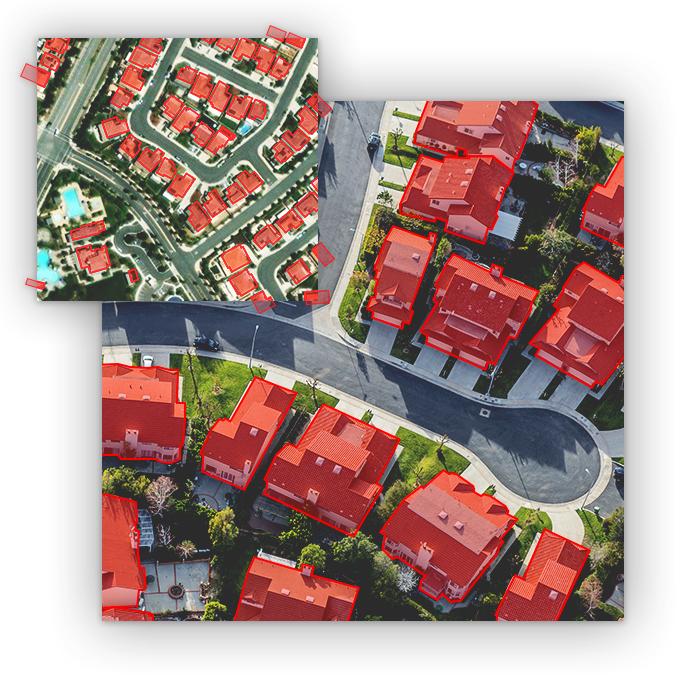Brief:
- Esri has signed a Space Act Agreement with the National Aeronautics and Space Administration (NASA).
- The agreement focuses on extending access to NASA’s geospatial content for continued research and exploration.
- NASA data will be available to over 10 million users of GIS software in ArcGIS and OGC-based formats.
PRESS RELEASE — Redlands, California / January 31, 2023 /Business Wire/ —The science community at large is undertaking critical work, researching solutions to the world’s most pressing challenges, many of which require a geographic approach. The ability of scientists and researchers to make informed decisions related to these challenges—from natural disasters to climate change mitigation—relies heavily on accessible, authoritative geospatial data. To support these efforts, Esri, the global leader in location intelligence, has signed a Space Act Agreement with the National Aeronautics and Space Administration (NASA).
The agreement focuses on extending access to the broader global community of NASA’s geospatial content for continued research and exploration—including new datasets from nearly 100 spaceborne sensors, measuring atmospheric health, land-based phenomena, and characteristics of the oceans. Partner efforts under this agreement will add to the existing NASA data in ArcGIS Living Atlas of the World, the foremost collection of geographic information and services, including maps and apps. NASA data will be increasingly available to more than 10 million users of geographic information system (GIS) software in ArcGIS and Open Geospatial Consortium, Inc. (OGC)-based formats.
“We are at a critical crossroads for climate action, and it is imperative that the global community has access to authoritative data to do this vital work,” said Jack Dangermond, Esri founder and president. “We are honored that this partnership with NASA will make its data accessible to the geospatial community so we can all do our part in working toward the health of the planet.”
Historically, geospatial data has played a key role in NASA’s earth science research initiatives, which involve scientific efforts to monitor and study climate change. Additionally, GIS has been an essential tool for NASA in creating public resources such as NASA’s Disasters Mapping Portal and the NASA Earthdata GIS, a centralized, cloud-native resource for distributing earth observation data, services, and resources.
“We want NASA data to be used by the broadest possible audience for good,” said Gerald Guala, program scientist in NASA’s Earth Science Division. “We appreciate Esri’s vast community and are proud to take another step forward in making earth science data more accessible.”
Explore NASA data in ArcGIS Living Atlas of the World. To learn more about how GIS is helping the scientific community use maps and data to address the challenges of climate change and more, visit esri.com/en-us/about/science/overview.
Contact Information:
Jo Ann Pruchniewski
Public Relations, Esri
Mobile: 301-693-2643
Email: [email protected]
SOURCE: Business Wire
Featured image: Credit: Esri
For more market insights, check out our latest space industry news here.
Share this article:








